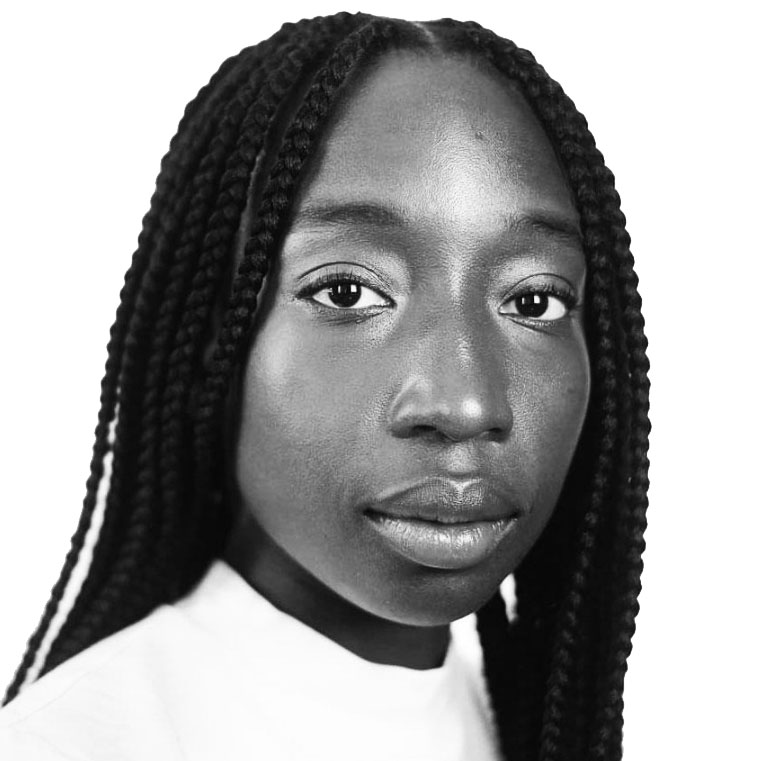Culture
GABRIELA HERMAN
Breathtaking Portraits of the Children of LGBTQ Parents
QUEER FAMILY
Gabriela Herman draws from her personal narrative a child of an LGBTQ parent to photograph more than 75 subjects in her photo book, ‘The Kids.’

Trending Now





